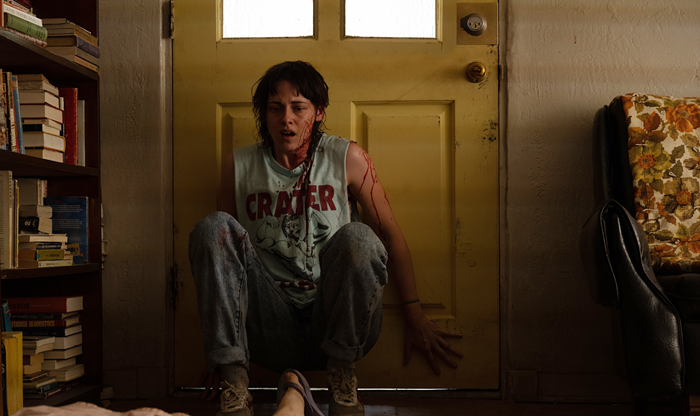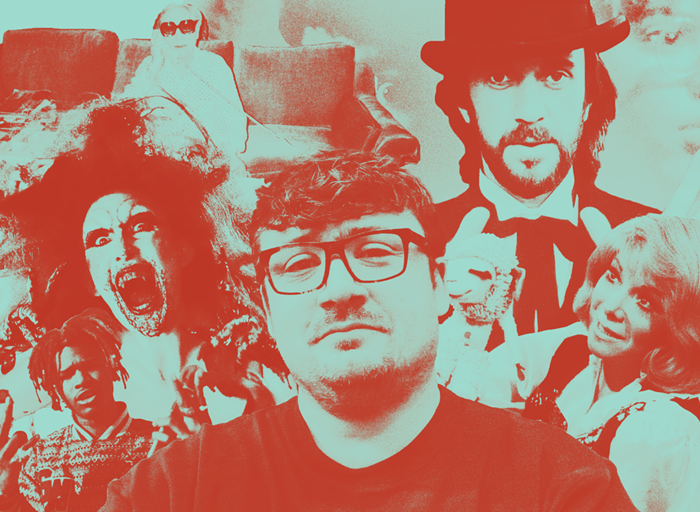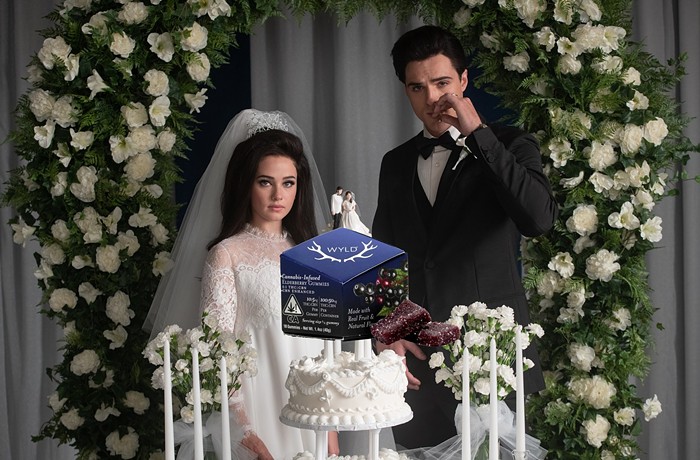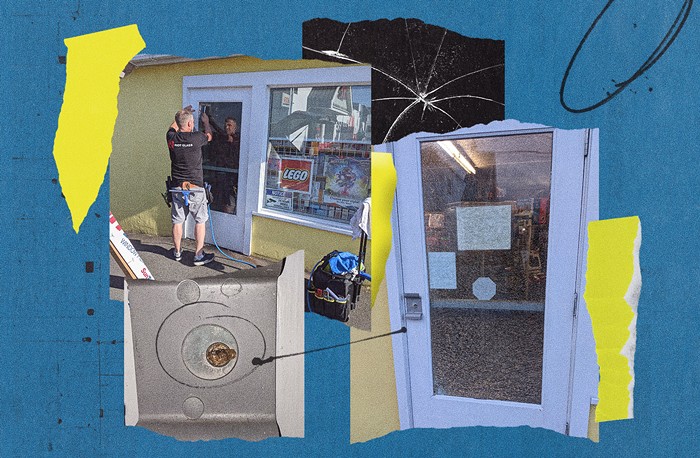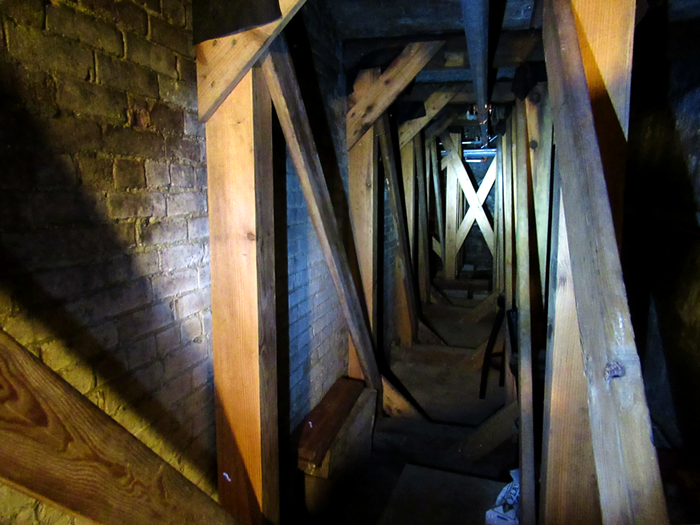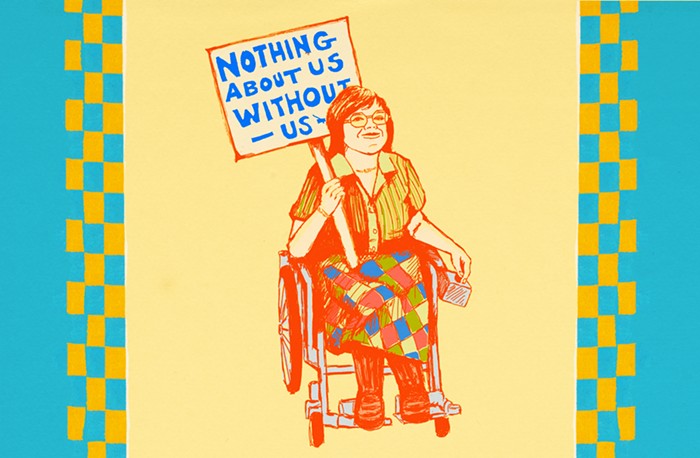I do have to correct you when you say "the credits are not the end of a film! they are after the end of the film!" Credit sequences may not always be a part of the story or narrative of the film, but they are always part of the film itself. The official running time attributed to all films always includes the length of the credit sequences.However, in many cases, the credit sequence is a part of the story and plot of the film as well. The action that takes place during the credits of Toy Story 3 is definitely part of the films story and is in fact an integral part of the plot's resolution or denouement.

The makers of T32 placed the socialist utopia (which is much more of royalist utopia, if truth be told—the kind of cemented society T.S. Eliot longed for: king, queen, knights, and peasants) in the space that's often reserved for fake bloopers! Meaning, the space of the film which has been coded as silly, not serious—this is the space we see people working together and happily living in a society that has abolished private ownership. But the space that is serious, the main part of the story, the meat of the movie, there is a socialist dystopia. With this in mind, let's take a step back and look at the total structure of TS3: it begins with fantasy land, middles with serious land, and ends with silly land.
Knat:
"None of the toys have [collector's value]." THREE of the toys have collector's value: Jessie, Bullseye, and especially Woody. Did you never watch Toy Story 2? It was the entire plot! Jessie and Bullseye are part of Woody's franchise, which is a collection that one of the "villains" of the film is going to sell to a Japanese toy museum.

MBI:
If this was meant to be funny, it's clearly that way because Mudede is deliberately making such a lousy, stupid argument. If he is just trolling, I can read Armond White for that, and regardless, even reading it satirically, (and I find more evidence for that in his comment @4 than I do in any part of the actual essay) it really, really doesn't come through.Armond White is my enemy. Please do not compare me to that pair of glasses on a spine. On the matter of trolling, it is sad that my review of this work of low art has received 44 comments, and my review (in the very same paper) of a new translation of Walter Benjamin's Berlin Childhood Circa 1900, a work of high art, has only received one comment. Now, does that say something about me or the reader?

